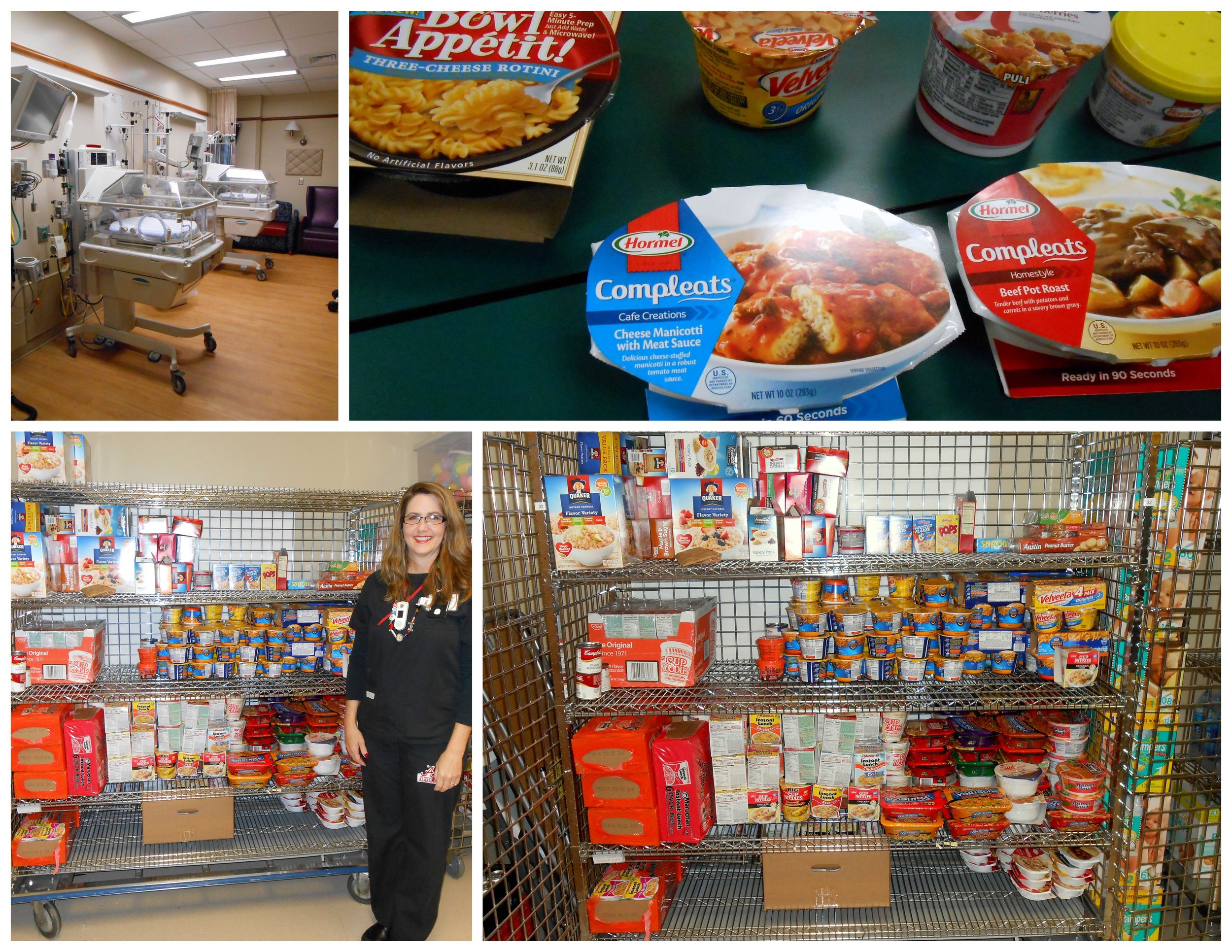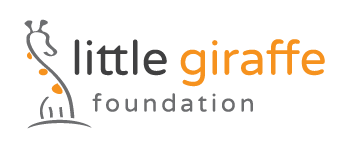
Little Giraffe Foundation
2020 Neonatal Research Grants
After long deliberations, Little Giraffe Foundation voted to fund 20 initiatives for 2020, totaling $48,000 – 4 Neonatal Research Grants to forward medical care for premature babies and 17 NICU Support Grants designed to improve the lives of the families and babies in the NICU.
2020 Neonatal Research Grants
Ann & Robert H. Lurie Children’s Hospital of Chicago, IL - $10,000 Awarded
Research: The role of iron supplementation in neurodevelopmental outcome of extremely preterm infants - A pilot study
Janine Khan, MD – PI, Pediatrics, Division of Neonatology, Ann & Robert H. Lurie Children's Hospital of Chicago
Mortality among extremely premature infants, defined as 24-0/7 to 27-6/7 PMA, has decreased however, survivors remain at high risk of neurodevelopmental impairment. Major morbidities, including cerebral palsy, cognitive disabilities, deafness and blindness, are reported in 50% of surviving extremely premature infants. Studies suggest that iron supplementation is essential for normal growth and neurodevelopment in the preterm infant due to deprivation of trans-placental iron transfer in the third trimester of pregnancy. Iron deficiency is associated with predominantly motor deficits because of its effect on pre-oligodendrocyte brain cell maturation. There is ongoing debate however, regarding optimal timing of initiation, and dosing of iron supplementation in this vulnerable population with consequent variations in neonatal intensive care practice. Standard AAP iron supplementation guidelines target a goal of 4mg/kg/day of oral iron starting at two weeks of life once feedings have been established. Our objective is to determine whether early, high-dose iron therapy starting at 7 days of age, leads to improved neurodevelopmental outcome at 2 years of age, compared to current practice based on AAP recommendations, using a randomized controlled study design. If successful, our findings will be important for refining future iron supplementation guidelines in this high-risk neonatal population.
Cincinnati Children's Hospital Medical Center, Cincinnati, OH - $9,000 Awarded
Research: Quantitative MRI of pulmonary ventilation patterns in preterm infants with correlation to respiratory outcomes
Nara S. Higano, PhD – PI, Research Associate, Cincinnati Children's Hospital Medical Center
Premature infants often face chronic and severe lung disease (bronchopulmonary dysplasia, BPD). However, the underlying pulmonary disease and relationship to clinical disease course are not well understood, and morbidity and mortality remain high. Tomographic imaging may provide valuable insight into the structure and function of BPD lung pathologies (e.g., alveolar simplification, cysts, fibrosis, inflammation, atelectasis), but current clinical modalities pose increased safety risks (e.g., sedation, intubation, ionizing radiation, forced breathing maneuvers, contrast injection). Our interdisciplinary team has pioneered the use of modern pulmonary magnetic resonance imaging (MRI) within the NICU. These techniques can safely assess novel respiratory metrics, such as regional lung ventilation, with demonstrated clinical relevance and correlation to outcomes.
This innovative study will implement state-of-the-art image processing strategies to extract new information from retrospectively-acquired MRI in 61 tidal-breathing neonates with BPD. Using images generated at several time-points throughout breathing, we will quantitatively characterize regional lung ventilatory patterns during respiration and relate this spatiotemporal function to short-term outcomes. This approach has a high probability of success and will elucidate for the first time how ventilatory abnormalities affect disease trajectory and outcomes for individual preterm infants in the NICU environment, with high value in the future for evaluating interventional efficacy.
Case Western University, Cleveland, OH - $7,000 Awarded
Research: Caffeine’s Dose Dependent Effects on Macrophage Inflammation
Tracey Bonfield, PhD.D (ABMLI) – Co-PI, Genetics and Genome Sciences, Case Western University Division of Genetics and Genome
Zeyar Htun, DO – Co-PI, Neonatology, University Hospitals Rainbow Babies and Children’s Hospital Division of Neonatology
Caffeine citrate is used primarily for treatment of apnea of prematurity and has been shown to decrease rate of bronchopulmonary dysplasia (BPD)1,2. However, clinical practice for dosing of caffeine varies between NICUs with certain centers utilizing higher than the current FDA approved dose3. One of the proposed mechanisms of action of caffeine is that it is a non-specific adenosine receptor antagonist. Adenosine receptors play a pivotal role in response to inflammation, especially in macrophages4. Chavez Valdez et al reported that caffeine treatment in preterm infants led to changes in cytokine profiles with higher caffeine serum levels associated with increased proinflammatory profiles5,6,7. Therefore, caffeine appears to have a dose dependent effect on macrophage response to inflammation and infection. Macrophages play a significant role in the innate immune response to infection and management of inflammation and the contributions to BPD in preterm infants is significant8,9. BPD has been replicated in animal and cell models utilizing E. coli lipopolysaccharides (LPS) to mimic the infectious component associated with BPD10-12. Our study is to determine at what concentration(s) of caffeine will attenuate proinflammatory responses in LPS-exposed macrophages and the mechanism behind the response.
Northwestern University/Lurie Children's Hospital, Chicago, IL - $5,000 Awarded
Research: The Role of Extracellular Superoxide Dismutase and Nitric Oxide Signaling in Neonatal Hyperoxic Lung Injury
Maxwell Mathias, MD – Co-PI, 2nd year Neonatology Fellow, Northwestern University Feinberg School of Medicine, Ann and Robert H. Lurie Children’s Hospital of Chicago
Marta Perez, MD – Co-PI, Assistant Professor of Pediatrics/Neonatology, Northwestern University Feinberg School of Medicine, Ann and Robert H. Lurie Children’s Hospital of Chicago
There are no FDA-approved medications to treat or prevent bronchopulmonary dysplasia (BPD), a common complication of prematurity. BPD is a consequence of lung immaturity combined with the side-effects of therapeutic interventions, including supplemental oxygen (hyperoxia), that result in injury to the developing lung. Our lab investigates the underlying mechanisms by which hyperoxia leads to BPD in order to identify specific targets for future therapies. Hyperoxia leads to the formation of oxygen radicals that are toxic to cells. Prior research has shown that hyperoxia decreases extracellular superoxide dismutase (ecSOD), an oxygen radical scavenging enzyme found in high concentration in the lungs. ecSOD prevents oxygen radical-induced degradation of nitric oxide (NO), a molecule which is critical for growth of the developing lung. Mice that lack ecSOD (ecSOD KO) develop lung alveolar simplification as seen in BPD. Interestingly, our preliminary data show that prolonged hyperoxia exposure does not cause additional alveolar simplification above baseline in these ecSOD KO mice. Therefore, we hypothesize that reduction in ecSOD expression mediates hyperoxia-induced BPD. The objective of this study is to delineate mechanisms by which hyperoxia leads to alveolar simplification and pulmonary vascular remodeling by comparing effects of prolonged hyperoxia exposure in wild-type and ecSOD KO mice.
